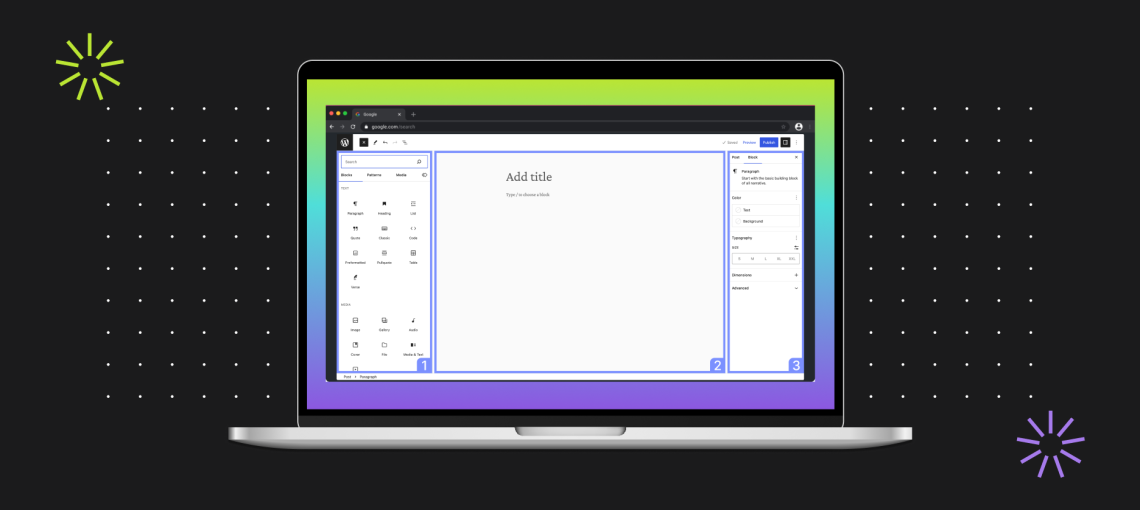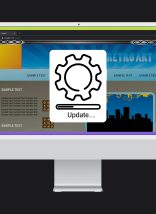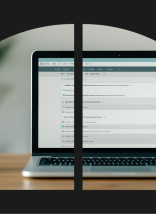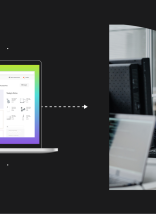Your content management system is meant to empower you, not limit you. A CMS should facilitate content creation for those who don’t code. It can include permissions, workflows, and elements of page design.
Unfortunately, many businesses start to feel restricted by their CMS as they grow. Atlantic BT has seen cases where companies spend weeks creating key pages, lose money from downtime, experience security breaches, or lose organic traffic as the website grows slow or outdated.
These issues are preventable and should not be the norm. By selecting the best-fit CMS for your requirements and following key principles, you can have all the flexibility needed to help your business grow.
Here’s how to ensure your CMS is flexible and capable of supporting your business needs.
Choose the most beneficial CMS to start.
Some popular CMSs include WordPress, Drupal, and Umbraco. In certain use cases, companies are also starting to go headless. A Headless CMS requires more technical knowledge, but gives unlimited flexibility. You can publish content in one place, and have an API query the content anywhere (like a website or mobile app).
The process of selecting the best CMS includes a careful examination of business requirements. For example, if your business includes a custom developed feature like a unique checkout process or customer portal, an Umbraco CMS could facilitate the integration with your website. On the other hand, a large website without proprietary software integrations may benefit from a WordPress CMS.
Atlantic BT helps you identify and prioritize needs, performing a comparative analysis of a subset that most closely matches your criteria. This method is similar to a personalized magic quadrant analysis.
Incorporate modular design.
A modular design means using repeatable elements, or components, to build pages.
This method empowers both non-technical users and developers. Developers have a library of components available to quickly create new page templates. Users can rearrange, include, or exclude these components within a template to design and publish new pages.
Now and then, there may be a request to design and develop a new component. But this is much faster than designing a new page template altogether.
Modular design can also facilitate the balancing act of flexibility and brand constraints. When employees can select various pre-designed elements to build a page, they have freedom to choose some elements. They do not have the freedom to customize design to the point that they are overwhelmed by options or straying from brand standards.
Ultimately, the process of creating pages is simplified for those who cannot code, and the process of creating new templates is faster for developers.
Make smarter choices about flexibility.
A website cannot be completely flexible for all content, design, features, and scenarios. That’s because with more user flexibility comes more complexity in writing and managing code.
Too often, people choose to build for flexibility due to fear of commitment. They don’t want to make a design or data decision, so they choose to build in a way that they don’t have to. The result: unnecessary complexities that are not worth the investment to build.
You can avoid this fallacy by correctly determining which elements of a website need to be flexible. Maybe a blog layout can be simple, but a landing page for PPC campaigns needs the ability to test many different forms and layouts.
Atlantic BT incorporates this step in the requirements gathering phase of a new project. Many people find that relying on an unbiased external team is beneficial to this process.
Continue to customize and update.
Set yourself up for success! Even if you have your bases covered, you should constantly invest in enhancing your CMS.
Foster a culture of continuous improvement in your company and continue to test your website’s limits. As your business changes, you may choose to add new features like a storefront, custom dashboard, or online course library. If you lack the skill set or resources to continue to customize, you can always find a partner who can supplement your team.
Additionally, keeping your CMS up-to-date will ensure you won’t accrue technical debt. Keep your site secure and performant by completing framework updates, updating underlying software packages, and updating server hardware.
Atlantic BT has seen websites last far beyond the typical 3-5 year mark due to ongoing maintenance. When you think about it, the best websites never stop the development and improvement process.
Are you feeling limited by your CMS?
If you’re feeling stuck, the solution might be to migrate to a new CMS or add custom elements to your current framework. Either way, we can help you get there. Reach out for a free consultation with one of our experts.







